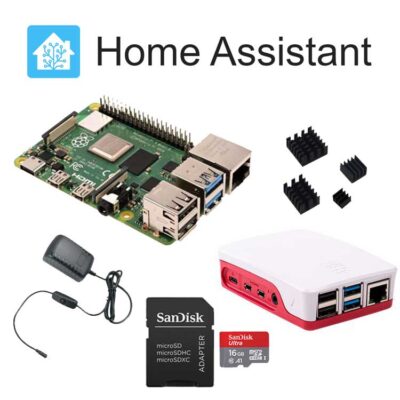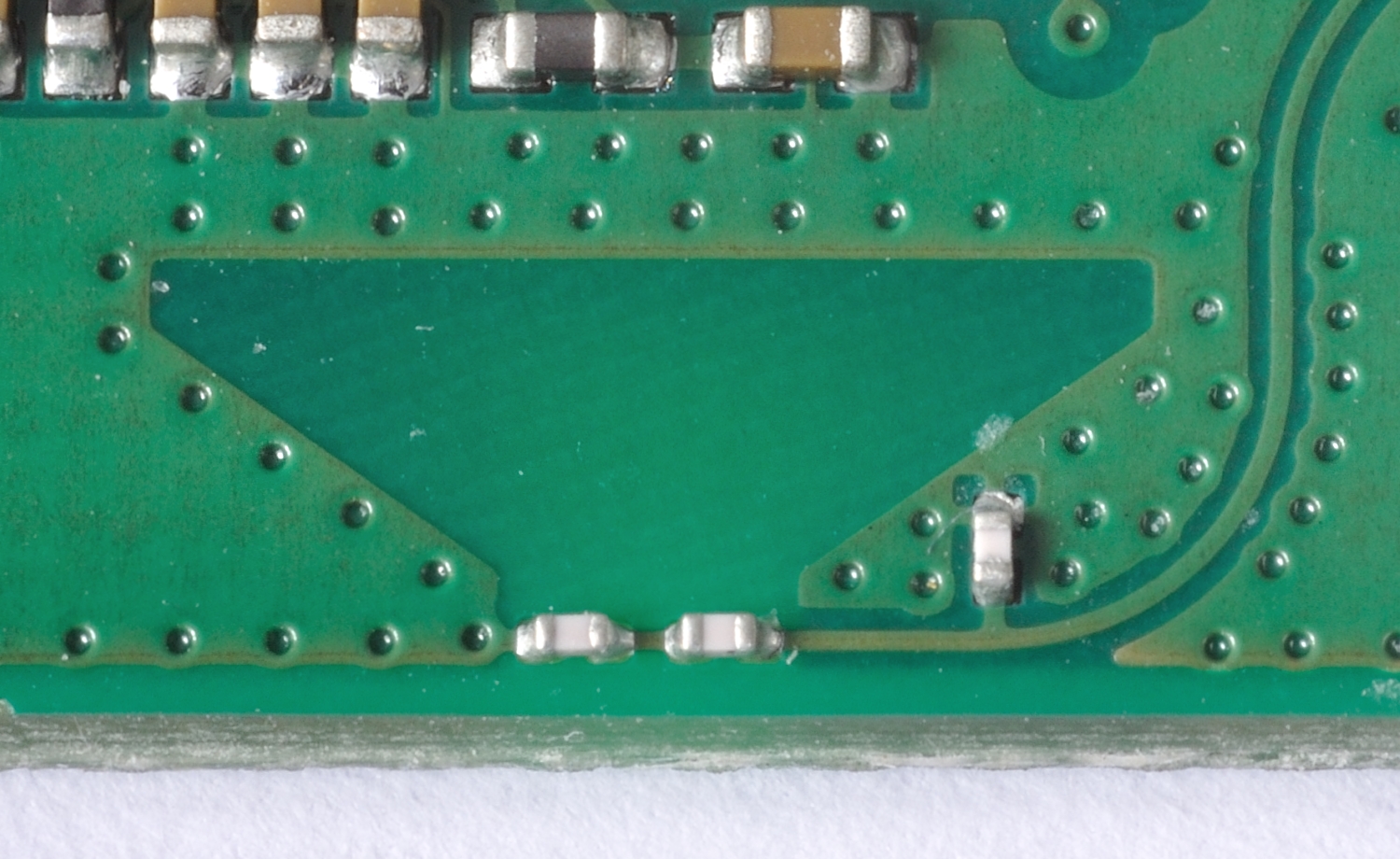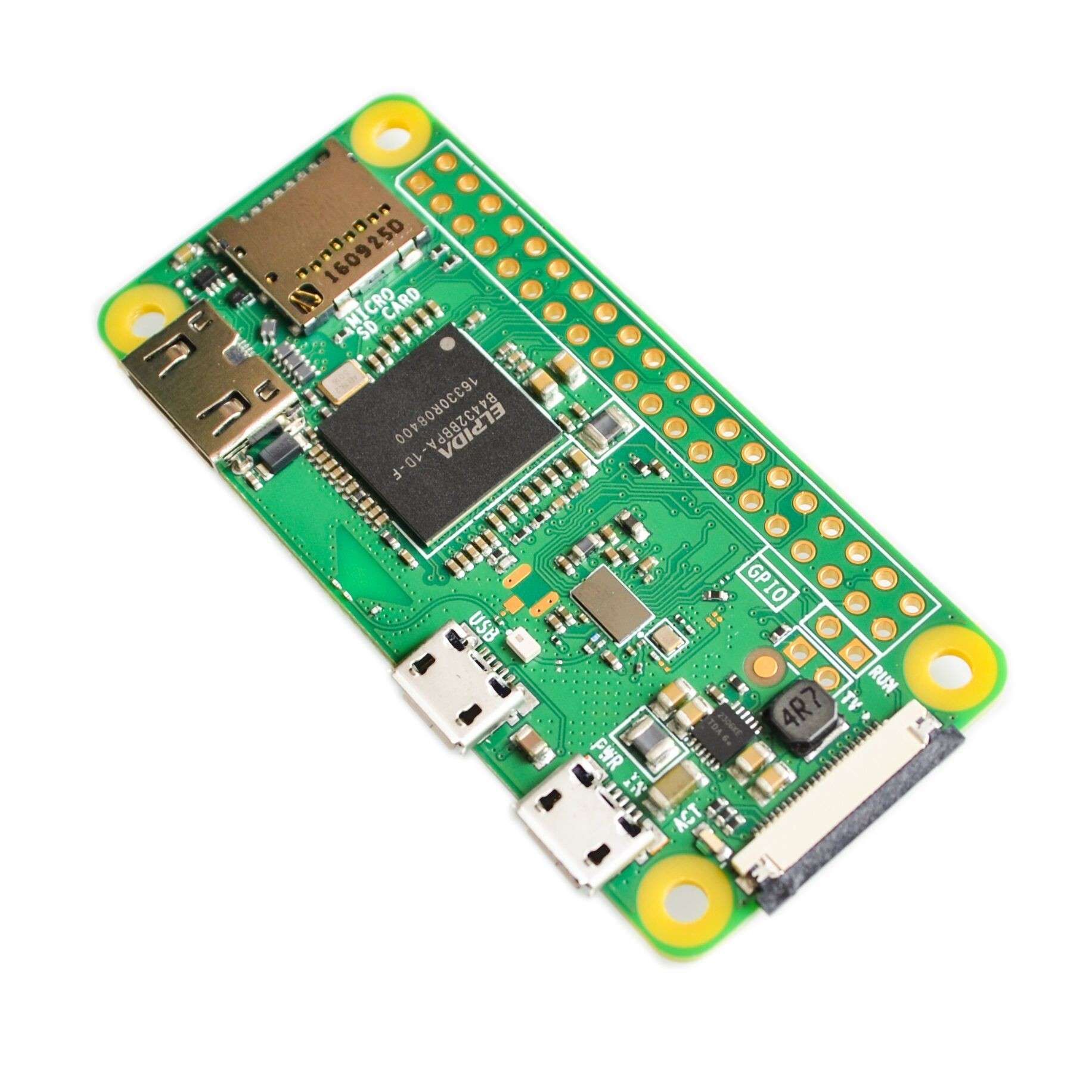
Next we have to clone the IOTstack project to make our life easier with Home Assistant Supervised installation. sudo apt-get updateĪfter that you have to install some packages with the following command sudo apt-get install network-manager apparmor-utils git -yĬhances are that you are already have it, so don’t be surprised if that is the case

Open a terminal and type the following command to update your package manager. Everything else was working flawlessly.Įnough sweet talks, let’s get to the action. If once successfully install your Home Assistant using the supervised method – you will be able to update your installation from within Home Assistant afterwards.įinal words if you are still in dilemma whether to use this – I just want to say that I used this method for several years in my home and I had some issues which I believe was due to SD card corruption in my Raspberry. That means this method may stop working at some point in the future, but you don’t have to care too much. Nevertheless there is still no official Home Assistant Supervised installation guide until now. Please keep in mind that the Home Assistant Supervised method was deprecated, but shortly after was put back in support. If you read the update/warning and you still want to try the IOTstack – keep reading. Hey, have you read what I said about my new article above? If not go ahead and read it. Replace YOUR_HOST_IP with your real host IP and you will be greeted by the Home Assistant welcome page where you can create a user. When all finish you can open a new browser/tab and enter the following URL: This will take you some time depending of your Internet speed. When you run this for the first time you will need Internet connection for the Home Assistant image download.

Expose port 8123 from the Docker container to the host.Download and run the latest Home Assistant Docker image as container named “home-assistant”.To do so, just open a terminal/command prompt and enter the following: docker run -init -d -restart=unless-stopped -name="home-assistant" -e "TZ=Europe/Sofia" -v ~/EMPTY_FOLDER_ON_YOUR_HOST:/config -p 8123:8123 homeassistant/home-assistant:latest

In that folder the Home Assistant configuration files will be stored when we execute the docker command.

Please, adapt the folder path to your needs. On MacOS and Linux you can use something like that, which will create a folder inside user folder. Next, you will need to create an empty folder on the host where the Docker is installed and where the Home Assistant will be running. When you are ready with the Docker client installation you will eventually need to create a free Docker user, which is an easy and straightforward task. For Linux, again from the link above choose your Linux distribution and follow the instruction.


 0 kommentar(er)
0 kommentar(er)
